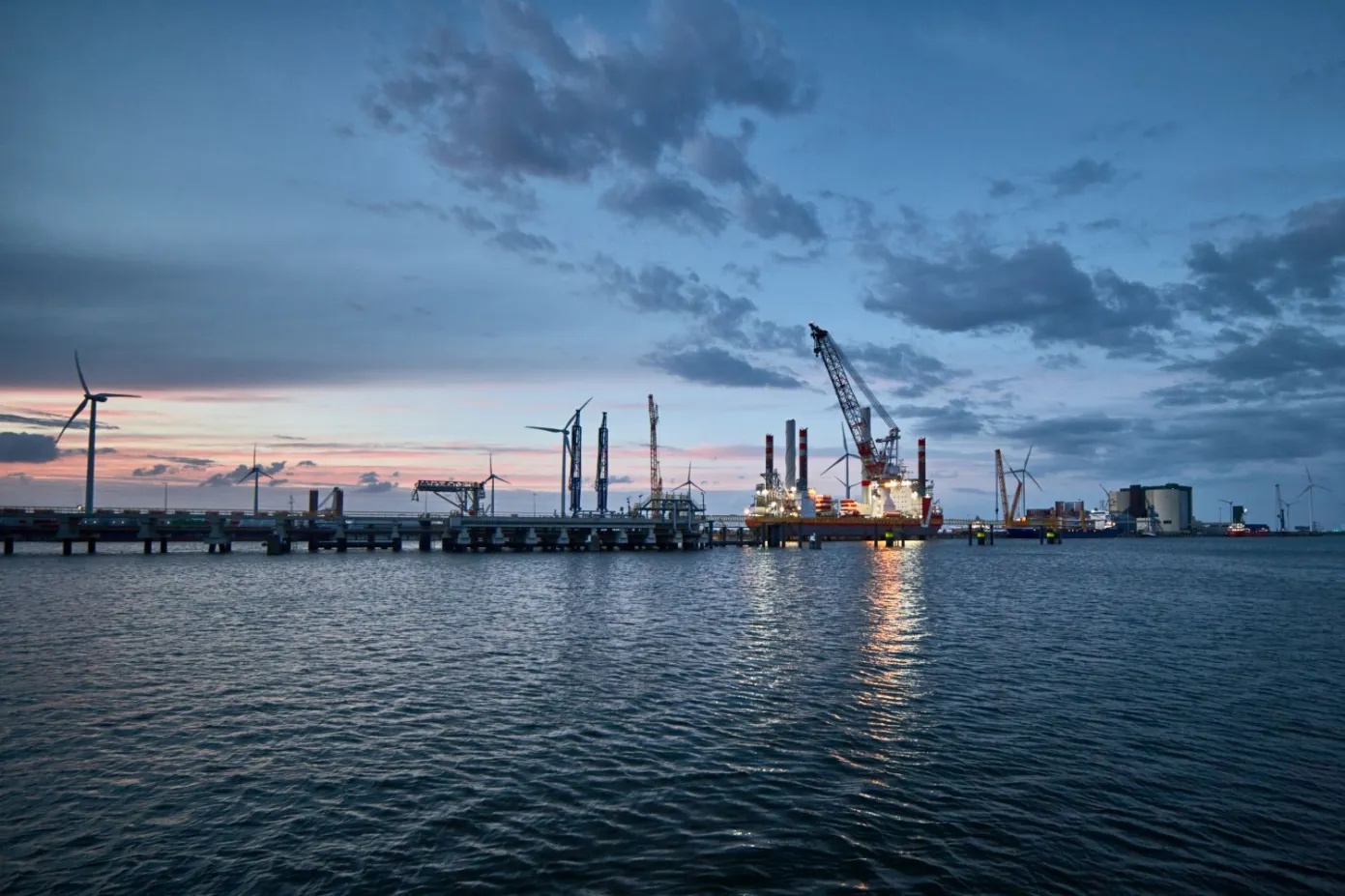Condition Monitoring Technologies (CMT) has cautioned against placing sole reliance on artificial intelligence in ship condition monitoring, warning that human expertise remains essential to ensure safety and accuracy in maritime operations.
As the shipping industry rapidly adopts AI-driven systems for machinery testing and diagnostics, CMT acknowledges the growing potential of these technologies to process vast quantities of data and assist with condition monitoring tasks. However, the company insists that human engineers must remain “in the loop” to validate, interpret and act upon technical data, particularly aboard increasingly complex and automated vessels.
“AI has a role to play, certainly—especially when it comes to analyzing huge data sets generated during operations,” said CMT’s Managing Director David Fuhlbrügge. “But there are critical limitations in relying on technology alone. A sensor can tell you a pressure reading or temperature value. It cannot smell burning oil, feel excessive vibration or recognize an unusual sound in the engine room. That’s where human intuition, experience and judgement come in.”
The company currently does not embed AI in its own monitoring devices, relying instead on algorithms to provide reliable data interpretation.
The company suggests that in the future, AI and sensors will be relied upon to flag issues remotely. But crucially, these alerts will still require expert human evaluation, often from shore-based engineers in contact with onboard or visiting crews. CMT envisions a likely shift towards a hybrid model where monitoring is continuous during voyages, with mobile maintenance teams dispatched to address problems in port.
“Ultimately, we anticipate a setup similar to today’s engine manufacturer service models,” Fuhlbrügge continued. “Sensors might identify a fault mid-voyage, and a flying repair team would meet the vessel at the next port. But without someone qualified to interpret those readings correctly, there’s a serious risk of either false alarms or overlooked faults.”
The concern is compounded by the technical and financial burden of deploying high numbers of reliable sensors across all areas of a ship, especially if these systems themselves become points of failure. AI still lacks the ability to emulate the ‘gut feeling’ that seasoned engineers develop through years of experience, a critical quality when diagnosing nuanced mechanical issues.
“The shipboard engineer is effectively a multi-sensory detector,” Fuhlbrügge added. “They notice smells, vibrations, small changes in behavior, things no current AI or sensor suite can reliably do.”
CMT stresses that rather than seeking to replace engineers, AI should be used to augment their abilities, enhancing maritime safety and efficiency through collaboration between people and machines.
While acknowledging the long-term potential of machine learning to replicate more sophisticated aspects of human reasoning, CMT warns that significant obstacles remain. Chief among them is the need for massive, diverse, and highly contextual datasets to train such systems effectively, as well as the enormous energy requirements to power advanced neural networks—challenges that are yet to be resolved.
In the meantime, the company calls on industry stakeholders to adopt a balanced and pragmatic approach.






